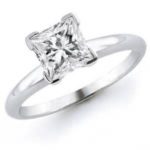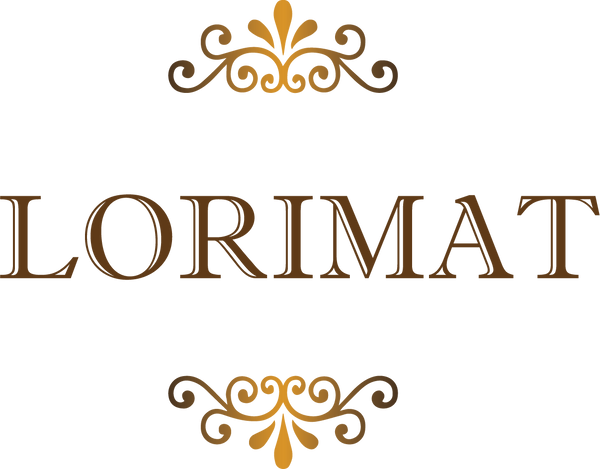
Choosing the Diamond Cut for your Antique Engagement Ring
An engagement ring is perhaps the most meaningful piece of jewellery you will ever give or receive. It is a symbol of your commitment to another, as plan to be wed. There are different types of antique engagement rings available on the market, but an antique engagement ring with a beautiful diamond would, in most cases, make a brilliant choice. Knowing which kind of diamond you want on the antique engagement ring can be very helpful in making your choice.
Here is a brief on some of the most popular cuts of diamonds available.
Round Brilliant Cut
![]()
A diamond with the round brilliant cut is both classic and very popular. Such a diamond has 58 facets that bring out exceptional brilliance. The facets of the diamond radiate outwards and are artfully positioned so that any light passing through it enhances the diamond’s overall glitter. A round brilliant cut diamond would make a perfect choice for solitaire or antique engagement rings.
Princess Cut
![]()
A diamond with the princess cut is another popular shape. Such a diamond has a square or rectangular shape with bevelled sides and pointed corners. Princess cut diamonds are considered a bit more contemporary. Just like a round brilliant cut diamond, a princess cut diamond has numerous facets, which deliver amazing sparkle.
Cushion Cut
![]()
The third most popular, behind the round brilliant cut and princess cut, a diamond with the cushion cut is a classic beauty with a square or pillow shape. Such a diamond has rounded corners and larger facets, which enhance its overall brilliance. A cushion cut diamond evokes a soft and romantic feel, so it would make a good choice for antique engagement rings.
Emerald Cut
![]()
A diamond with the emerald cut is usually rectangular in shape. Such a diamond has a row of facets, which resemble the steps. Unlike the round brilliant cut diamonds, the emerald cut diamonds are usually less bright and fiery. The emerald cut, however, accentuates the clarity, whiteness, and lustre of the diamond.
Oval Cut
![]()
An oval cut diamond is another classic, but rarer than round brilliant cut and princess cut. Such a diamond has 56 to 58 facets and has the same brilliance as a round brilliant cut diamond. In fact, the only difference between an oval cut and a round brilliant cut is the shape of the diamond, as an oval cut diamond has an elliptical shape.
Asscher Cut
![]()
A diamond with the Asscher cut is similar to the emerald cut, but the diamond has increased brilliance. Originally with 58 facets, the modern version of such a diamond has 74 facets, which gives it a superior light performance. An Asscher cut diamond evokes a vintage feel, so it would make a great selection for vintage engagement rings.
Radiant Cut
![]()
A diamond with the radiant cut exists but is rarely seen. Such a diamond is perfect for those who are looking for something unique. The radiant cut diamonds can be square or rectangular, with the elegance of an emerald cut and brilliance of a round brilliant cut. Because of its brilliance and shape, a radiant cut diamond makes a perfect choice for solitaire or antique engagement rings.
Searching for the perfect antique engagement ring in Ireland? At Lorimat, we have a marvellous collection of antique- and vintage-style diamond engagement rings. Our antique engagement rings with diamonds are of premium quality, precisely crafted to perfection.
Apart from antique engagement rings, we also have a splendid collection of wedding rings and eternity rings at our shop. Therefore, when you need vintage engagement rings, elegant eternity rings, or stylish wedding rings in Ireland, you can totally rely on us. Just browse through our collection https://vintageengagementrings.ie/ to get an idea of our expertise.
If you cannot find something that suits your unique taste on our site, do not worry! We also provide a premium-quality, bespoke ring design service in Ireland. Just contact us on 056 7751455 to learn more about our bespoke ring design service.
